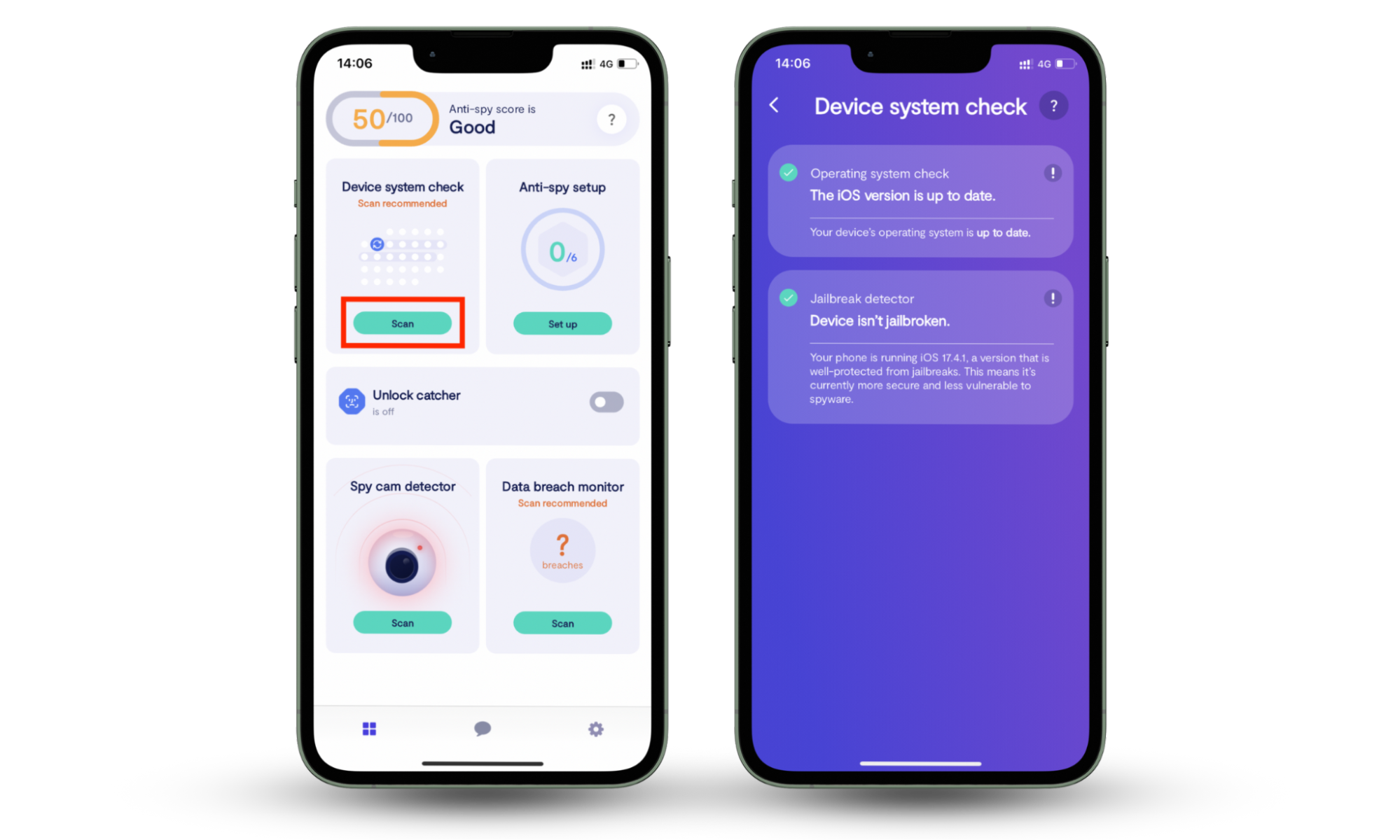Table of contents
- What is adware? Adware definition
- Adware on mobile devices
- Adware on computer
- Malware vs. Adware vs. Spyware
- How does adware work?
- How do you get adware?
- How to tell if your device is infected with adware
- How to remove adware?
- Manually remove adware
- Automatically remove adware
- How to avoid adware
What is adware? Adware definition
Adware is software that automatically presents online advertisements, which may include pop-ups, banners, and videos, within an application, browser, or operating system. Generally, software that's ostensibly free to use is the most likely to contain excessive advertising. When developers don't charge directly for products, using adware is an alternative way to earn revenue.
Adware on mobile devices
Adware could arrive on your mobile device through a downloaded application or browser extension. While some legitimate apps do display ads, advertising shouldn't leak into other parts of your OS. Both Apple and Google have strict guidelines surrounding applications offered on their respective online stores, which means that downloading authorized software is usually the safest route to avoiding any unwelcome surprises.
Adware on computer
Adware on your computer could relate to a specific app, or you may see unwanted advertisements appear in your browser and other parts of the OS. In most cases, adware that infects your PC, Mac, or web browser will have come from an item downloaded from the internet.
Applications, extensions, plugins, and other types of software could potentially contain unwanted advertising elements, which is why researching anything you want to install on your computer is important. Learning to avoid adware means you won't have to waste time dealing with an infection.
Mobile phones aren't immune from malware, adware, and spyware. This is where Clario Anti Spy can help. Its Device system check feature quickly detects hidden jailbreaks and rooting that could allow malicious apps to take over, while a Spyware scan identifies harmful Android apps.
Here's how to protect your phone with Clario Anti Spy:
- Download Clario Anti Spy and subscribe to create an account.
- Tap Scan under Device system check to assess the stability of your iPhone or Android's system software.
- If you use an Android, tap Scan under Spyware scan to check for harmful software.

If you run into any issues, you can get help from a security expert 24/7. Just tap the Messages icon to connect instantly.
Malware vs. Adware vs. Spyware
Malware, Adware, and Spyware are different types of malicious software. While, technically, certain examples of software could earn all three titles, many fall into one distinct category. However, adware can spy; spyware can damage your system, and malware could be capable of almost anything.
Malware may refer to any type of malicious software but usually relates to computer viruses. Technically, you could label any app that breaches your privacy or security malware, but more refined definitions for specialized varieties, such as adware and spyware, do exist.
Adware, as we know, can be malicious but usually just seeks to show unsolicited advertising rather than cause damage. If you permitted the software to install and it isn't breaching your security or privacy, the adware likely isn't illegal. However, sometimes applications and extras get installed accidentally, and seeing unexpected ads appear on your phone or computer can cause frustration.
Spyware is a form of malware that focuses on monitoring your activity and stealing private information. Evidently, a device infected with this type of software is a huge security risk, and you should take steps to identify and remove any problem items if you suspect an infection.
How does adware work?
Typical adware seeks to present you with advertising in order to generate revenue. Generally, ads connected to an extension or plugin will appear in your web browser and may redirect you to different pages or present pop-ups. Additionally, fee-to-use software may display advertising within the application itself, and some adware could show ads elsewhere that are difficult to trace back to their source.
Viewing online advertisements is a good way to support developers that offer products for free. However, unsolicited adware may be unwelcome — and dangerous — if ads connect to malicious websites or malware. Before clicking any pop-up ad, you should first verify the source.
How do you get adware?
Typically, adware will infect your device or browser through several common sources:
- Applications or other software
- Browser extensions
- Plugins
- Other add-ons and extras
As you can see, almost anything you download from the internet could contain adware. Therefore, you should always take steps to verify sources and ensure that you utilize strong device security.
How to tell if your device is infected with adware
If you're seeing abnormal amounts of advertising in odd places, especially within your browser, adware may have infected your device. In which case, you should inspect any software you installed right before the issue first began.
If you can't identify a problem application, you should check your browser for suspicious extensions and add-ons. The process for accessing the relevant section differs between applications and operating systems, but generally you'll find what you're looking for in the main menu of your browser or within the settings.
How to remove adware?
When it comes to removing adware or any other form of malicious software from your Mac or Android device, you have a couple of options. If you have a lot of time and patience, you may opt for manual removal. If, however, you prefer to do things the easy way, the automatic solution may be best.
Manually remove adware
Manually removing adware involves identifying the source of the unwanted ads and eliminating it from your device. When performing this process, you really have to understand your browser and operating system so you know where to look.
Generally, removing the application, extension, or other software that contains the adware should resolve the issue. But positive identification may not be easy. In most cases, using security software to identify and remove the culprit is much simpler.
Automatically remove adware
If you want to remove adware automatically, you'll need a reliable anti-malware tool. There are plenty of options for Windows and macOS, so take your time to research and choose one that fits your needs. The same goes for mobile devices—if you use an Android, don't forget that Clario Anti Spy can help detect apps with malicious intent.
How to avoid adware
If you follow good security practices — don't download sketchy software, always verify links before clicking, and use good anti-malware tools — avoiding adware is easy enough. Installing Clario Anti Spy on your phone is also a great way to keep the system software secure and minimize the chances getting of accidentally installing any adware.


